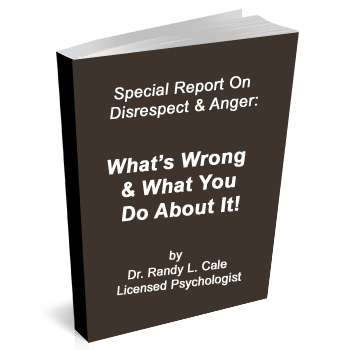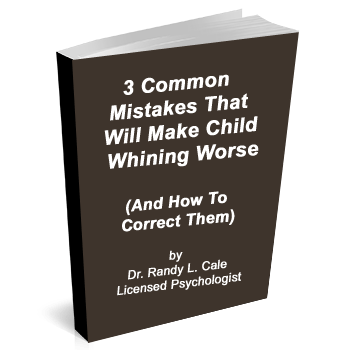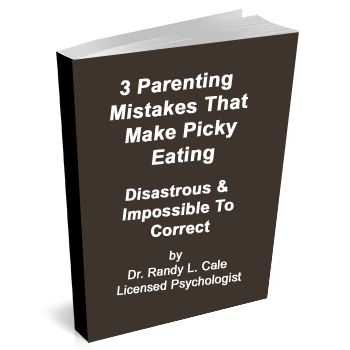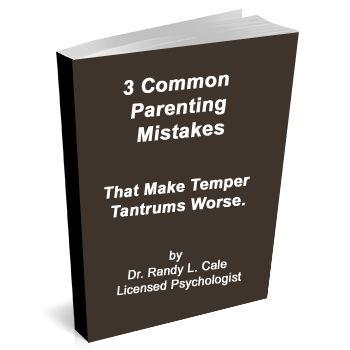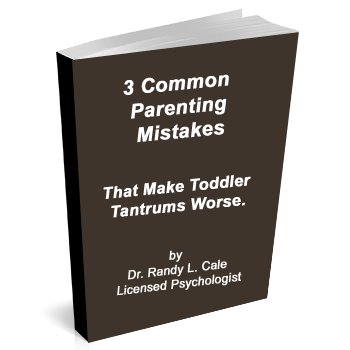In last week’s article, we discussed how traumatic moments often affect the brain/body in ways that become strongly patterned. Two critical conclusions were noted: First, the immediate response to trauma includes overwhelming fear, and how we respond is not consciously within our control at the moment. It’s driven much more by biology than psychology, but the implications for our psychological world are immense. The more fundamental levels of our brain seem to take over any rational thought in order to ensure basic survival. Secondly, some victims get stuck in the fight or flight approach, with overreactive triggers to fight any threat or to run from the mildest threats. However, for others, the brain reflexively chooses a more reptilian response and freezes. When there is the ‘freeze’ response at the time of trauma, this is not a sign of cowardice or absence of good character. It is also likely that the brain becomes quickly and deeply patterned to ‘freeze’ upon the presence of challenges or fear, and thus this continues for years to come.
In essence, trauma influences our ability to evolve or grow by reshaping our neural circuits in a way that causes us to become stuck in our past, inhibiting our ability to move forward. It’s also important to accept the reflexive response to trauma is a biological process, and these responses do not reflect who you are. Just as the event or the traumatic moments were not your fault, neither is how your body responded. So be gentle with yourself on this.
Top-Down and Bottom-Up Approach to Change.
Many victims of trauma have sought help and often find medications and traditional therapy to be of some value but drastically incomplete. But don’t despair – there is hope. Some tools can help break these patterns and unlock the brain’s neuroplasticity to make profound change possible. The key to unlocking these locked patterns lies in a dual-faceted approach. A top-down and bottom-up strategy can aid in resetting the nervous system, thereby reducing the sense of being mired and helping manifest positive shifts in one’s psychological state.
Top-Down Approaches: With the top-down model, we target the brain directly. The top-down approach involves understanding and altering the mental processes using tools like therapy, EMDR (eye movement desensitization and reprocessing), Neurofeedback, and meditation. However, therapies utilizing EMDR and Neurofeedback have proven particularly useful at breaking up stuck patterns associated with trauma.
One of the challenges with changing these stuck patterns is related to time. Often, years and years have passed with the individual remaining hypervigilant and responding daily using an overactivated fight-flight response. The patterns are then like a well-worn path that has been walked upon thousands and thousands of times. The neural pathways become conditioned and automated, adding to the challenge of getting change. Thus, we need substantial leverage to encourage the brain to change these repeated patterns, and this is where it can be helpful to integrate Neurofeedback or EMDR. Both can break up long-standing patterns.
Bottom-Up Approaches: The bottom-up approach uses the body’s natural capacity to change our baseline state. While a bit complex, the essence is this: When we can utilize specific breathing approaches, like Heart Rate Variability (HRV) breathing, we can re-condition the degree to which we are in sympathetic arousal (fancy term for more stress activation in the body). This can also be changed with massage, yoga, and non-sleep deep rest exercises. However, in my reading of the literature, nothing equates to the predictably restorative power of HRV breathing to reset the physiological state of the trauma victim.
Finding Mobility with a Top-Down and Bottom-Up Approach
Thus, if you’ve tried therapy or medications for years without success, it might be beneficial to explore additional strategies. But it’s not an either/or issue. The brain-body needs a combination of treatments.
The data argues that we need support (i.e., therapy), tools to break up patterns (i.e., EMDR or Neurofeedback), and ways to help the body stabilize (HRV breathing, etc.). While trauma does leave a mark on your neurobiology, it need not be permanent or define your life’s course. Incorporating top-down and bottom-up techniques into your wellness regimen can spark the neural plasticity necessary for personal growth and newfound freedom. You can learn more about how we bring these therapies to life at CapitalDistrictNeurofeedback.com. You can also find no-cost guidance for HRV breathing, Non-sleep Deep Rest (NSDR), and even teachings on the use of EMDR on YouTube.








